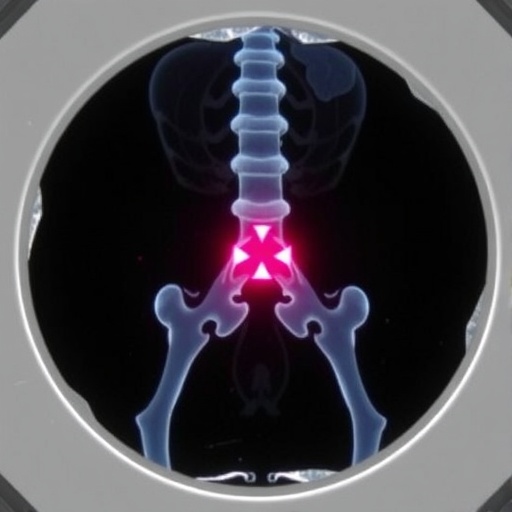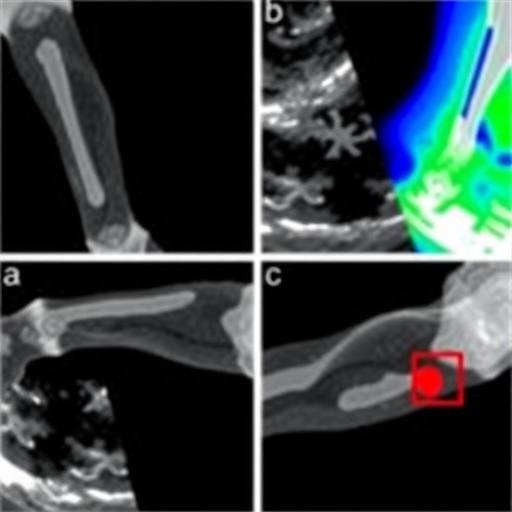The study, which was supported by the German Cancer Aid, suggests that vaccination against EBV might reduce the risk of developing Hodgkin’s lymphoma. In addition, the study provides insights into new target structures for cancer drugs.
Doctors are already familiar with the protein CD30* as a diagnostic marker for certain blood cancer cells, i.e. some B-cell lymphomas** such as Hodgkin’s lymphoma. “However, it was not at all clear whether the production of CD30 on the surface of lymphoma cells is merely a result of the cancer or whether it causally contributes to it,” says Ursula Zimber-Strobl, associate professor and Deputy Head of the Research Unit Gene Vectors (AGV) at Helmholtz Zentrum München. Together with her team, she has therefore developed a mouse model to investigate whether persistent CD30 signaling leads to the development of blood cancers.
CD30 activation as a risk factor for lymphomas
“In the experiment, we found that the likelihood of B-cell lymphoma development is greatly increased when B lymphocytes carry permanently activated CD30 molecules on their surface,” reports Stefanie Sperling. The lead author is a doctoral student in the AGV and a member of the HELENA Graduate School. Such permanent CD30 activation can be triggered in humans as a result of stress on the immune system over extended periods, for example at the onset of glandular fever (infectious mononucleosis) following infection due to the Epstein-Barr Virus***. B lymphocytes carrying CD30 on their surface then increase greatly in number. In most cases, the CD30-positive cells are rapidly eliminated, but in rare cases they can lead to cancer as a result of misdirected cellular processes. Thus the risk of developing Hodgkin’s lymphoma directly after glandular fever is increased.
Details of the signal pathway still unknown
According to Zimber-Strobl, the study opens up new perspectives for human medicine: “Once we’ve studied them, CD30-triggered signaling pathways could serve as targets for new lymphoma therapies.” In addition, the development of a vaccine to prevent lymphomas associated with the Epstein-Barr virus is conceivable ? an aspect that researchers in the AGV are currently examining in detail.
###
Further information
*CD30 is a protein that is produced on the surface of certain cells, especially cells of the immune system. CD30 is what is known as a receptor. Receptors relay signals from the environment into the interior of a cell, triggering processes such as cell division, cell differentiation and cell death. Until now, the detection of CD30 was only used for diagnosing certain B-cell lymphomas such as Hodgkin’s lymphoma.
**Lymphomas are cancers that originate in lymphocytes (a group of white blood cells). Depending on the underlying disease mechanism, they are classified as Hodgkin lymphomas, non-Hodgkin lymphomas or other forms.
***Epstein-Barr virus can trigger glandular fever (infectious mononucleosis) following an infection. It is widespread, and 95 to 98 percent of all people become infected by the age of 40. The virus resides latently in B lymphocytes; the pathogens are not eliminated by our immune system.
Original publication
Sperling S et al. (2019), Chronic CD30-signaling in B cells results in lymphomagenesis by driving the expansion of plasmablasts and B1 cells. DOI: https:/
http://www.
Related News:
15.12.16
Tracking down therapy-resistant leukaemia cells
05.10.16
EBV-derived microRNAs silence immune alarm signals of the host cell
15.06.15
How the Epstein-Barr virus hides in human cells
As German Research Center for Environmental Health, Helmholtz Zentrum München pursues the goal of developing personalized medical approaches for the prevention and therapy of major common diseases such as diabetes mellitus, allergies and lung diseases. To achieve this, it investigates the interaction of genetics, environmental factors and lifestyle. The Helmholtz Zentrum München has about 2,300 staff members and is headquartered in Neuherberg in the north of Munich. Helmholtz Zentrum München is a member of the Helmholtz Association, a community of 19 scientific-technical and medical-biological research centers with a total of about 37,000 staff members.
The Research Unit Gene Vectors studies EBV’s molecular functions to understand how the virus contributes to different types of disease. The scientists analyse the immune system of virus carriers to find out how EBV and other herpes viruses are kept in check, and why immune control has failed in patients with disease. They also investigate the origins of cancers of the immune system – lymphoma and leukaemia. Their ultimate goal is to develop new drugs, vaccines and cell-based therapies in order to efficiently treat or – preferentially – prevent infectious diseases and cancer.
Media Contact
Dr. Ursula Zimber-Strobl
[email protected]
http://dx.




